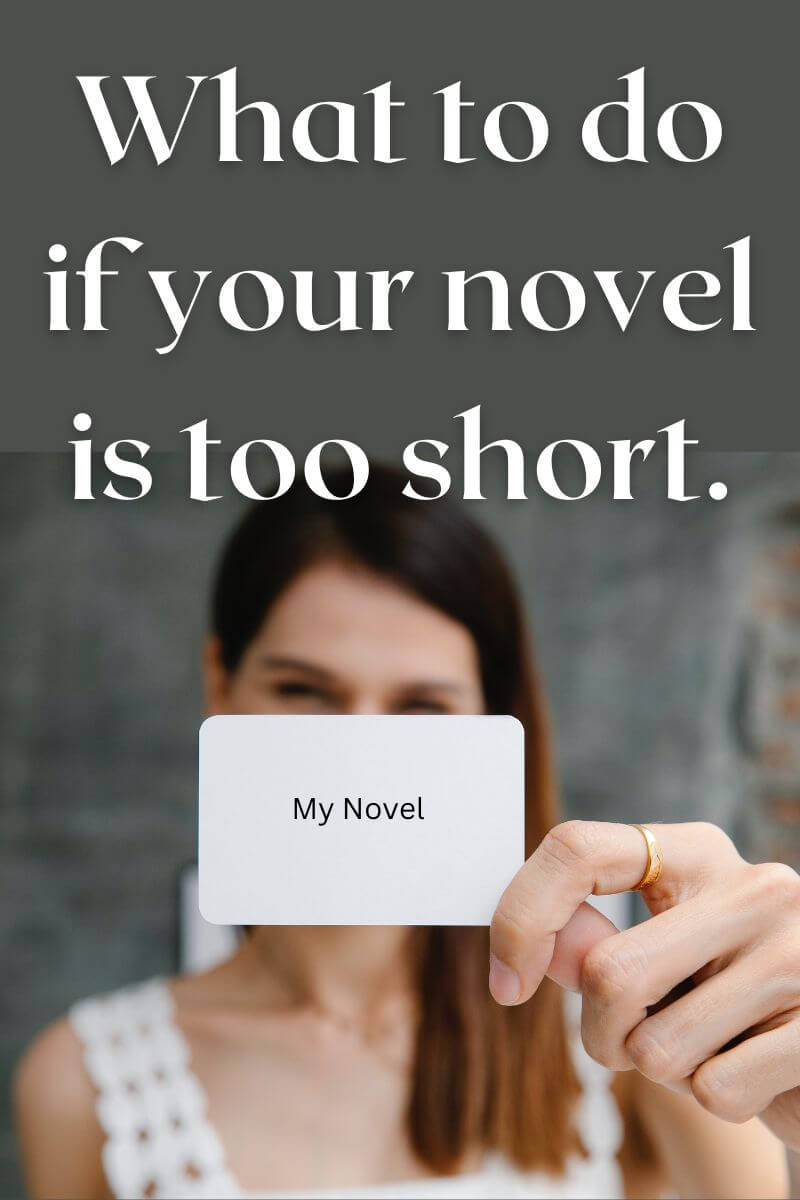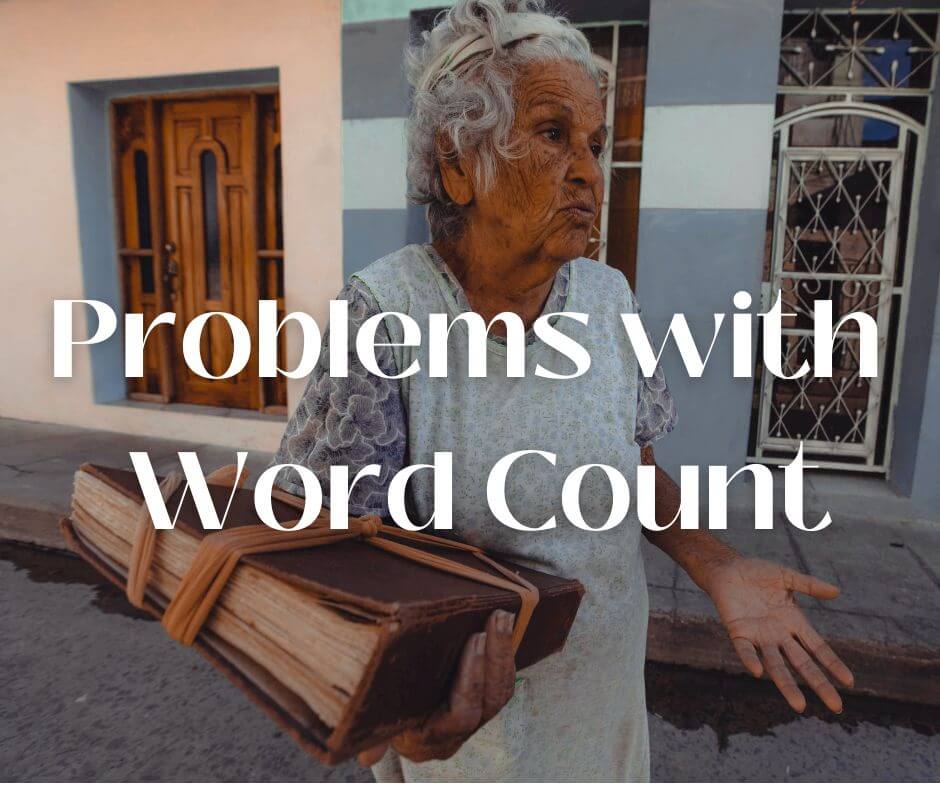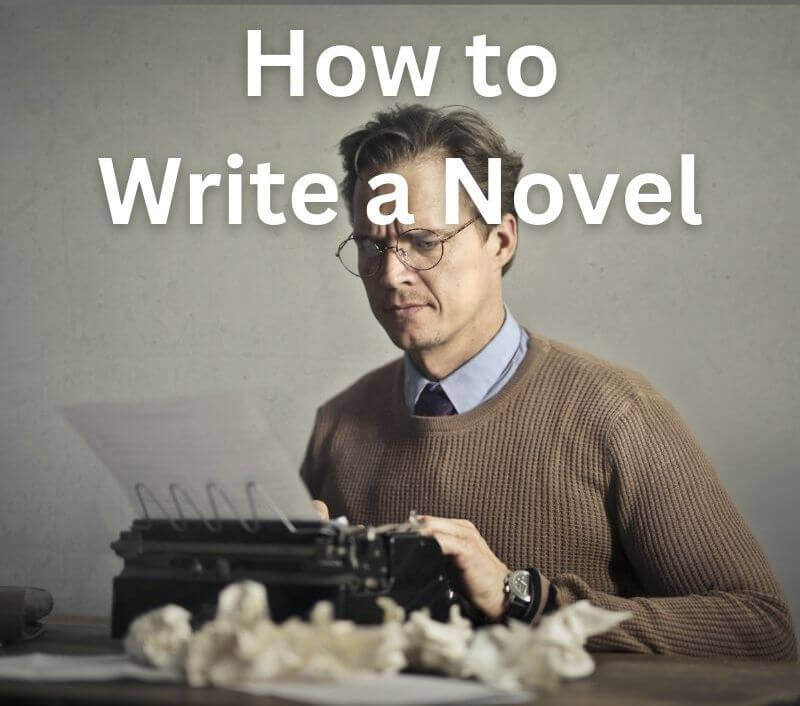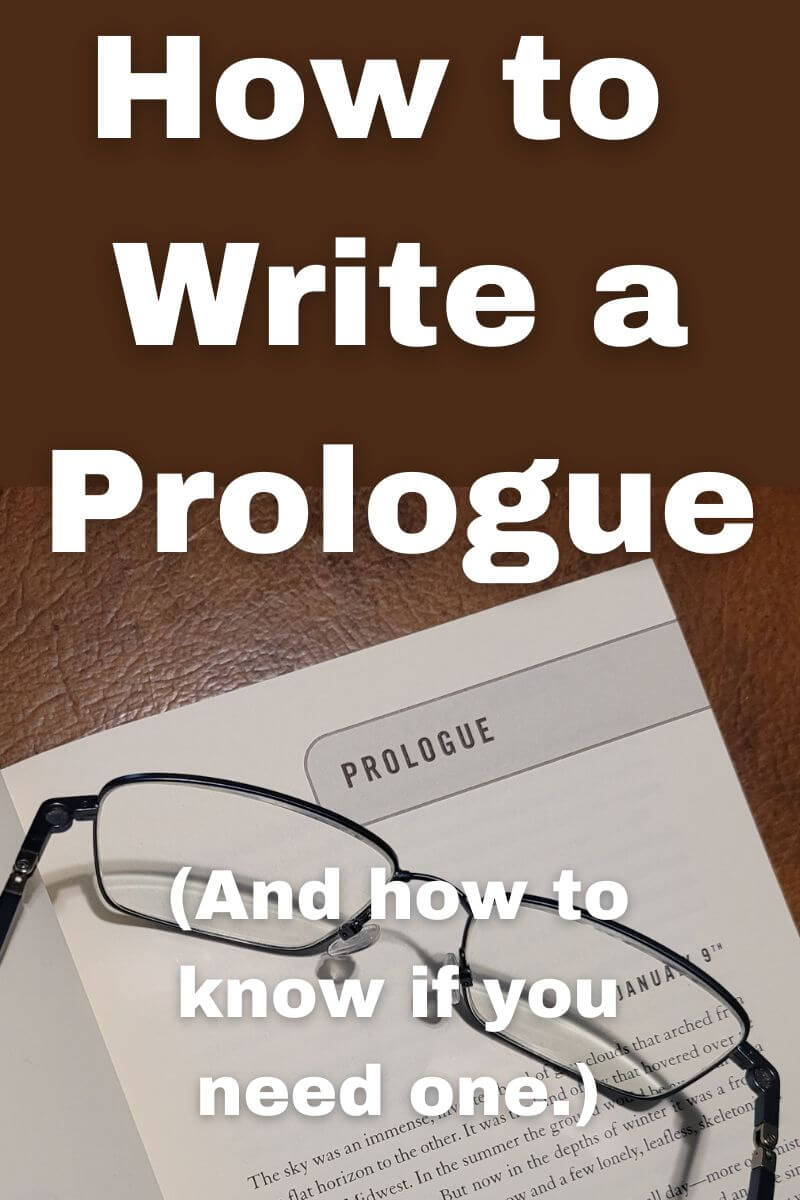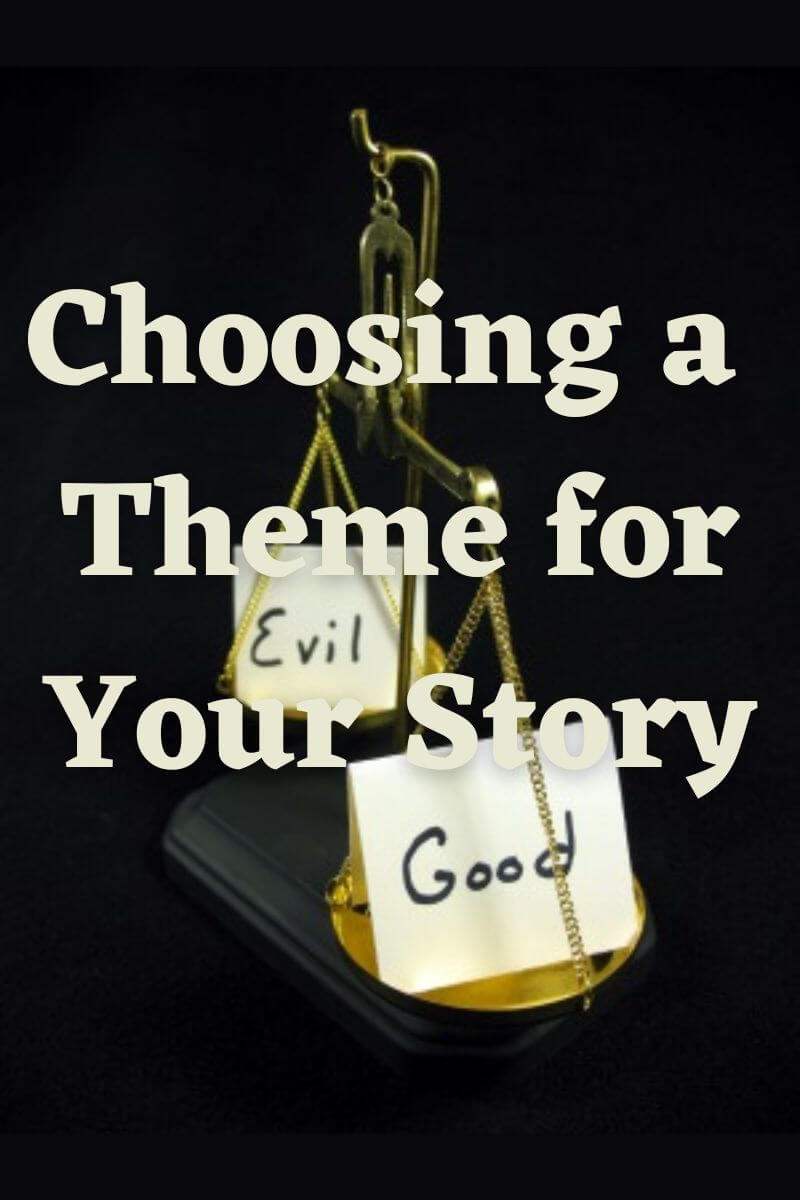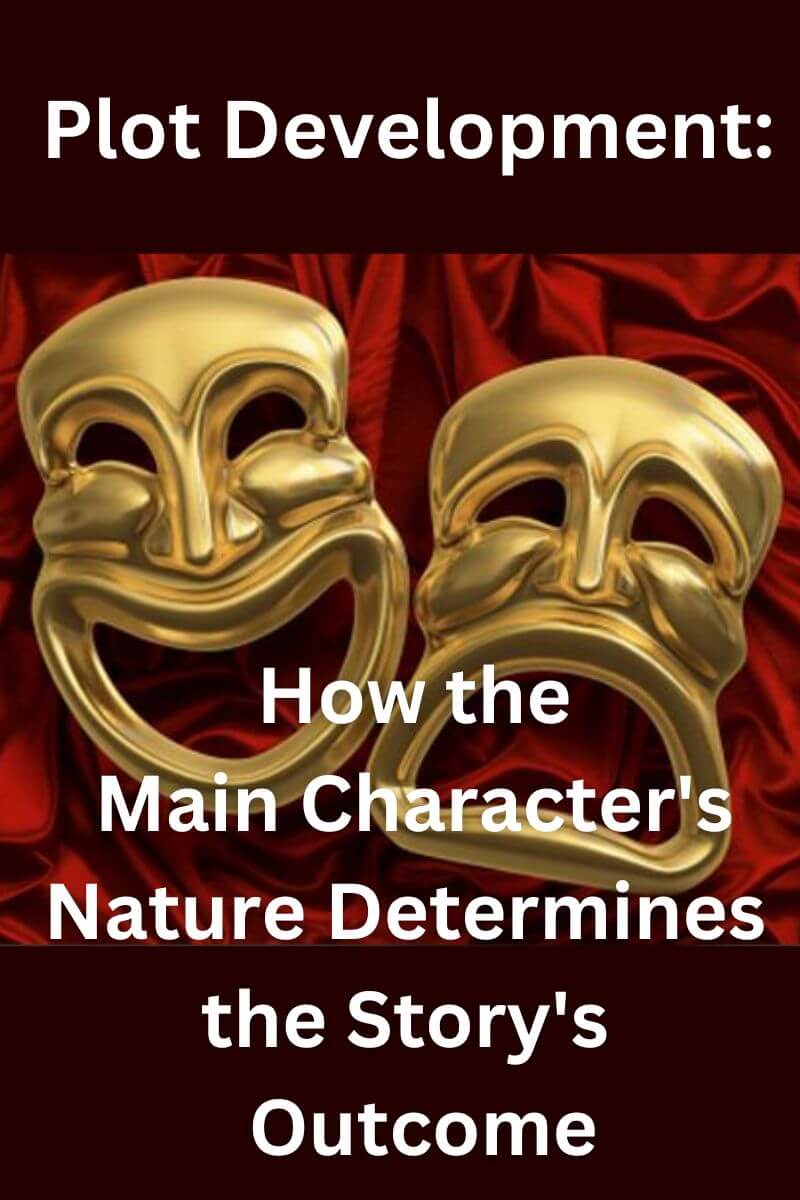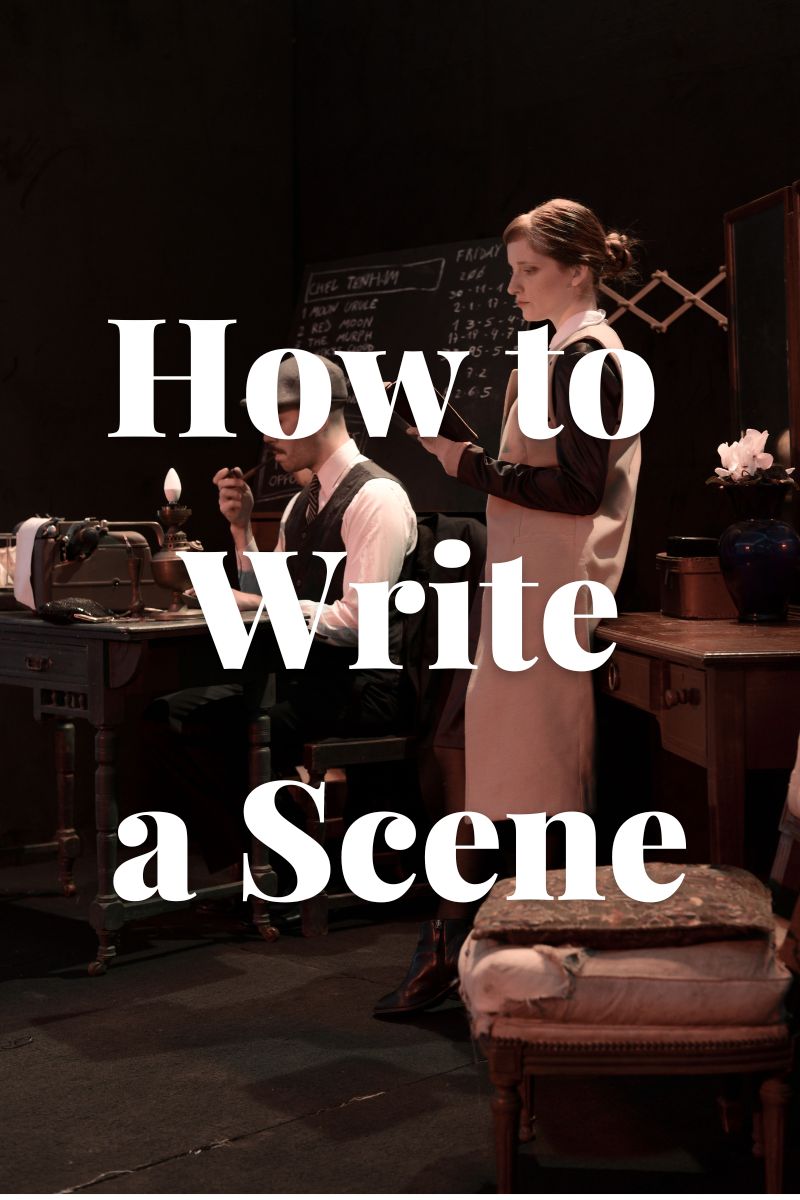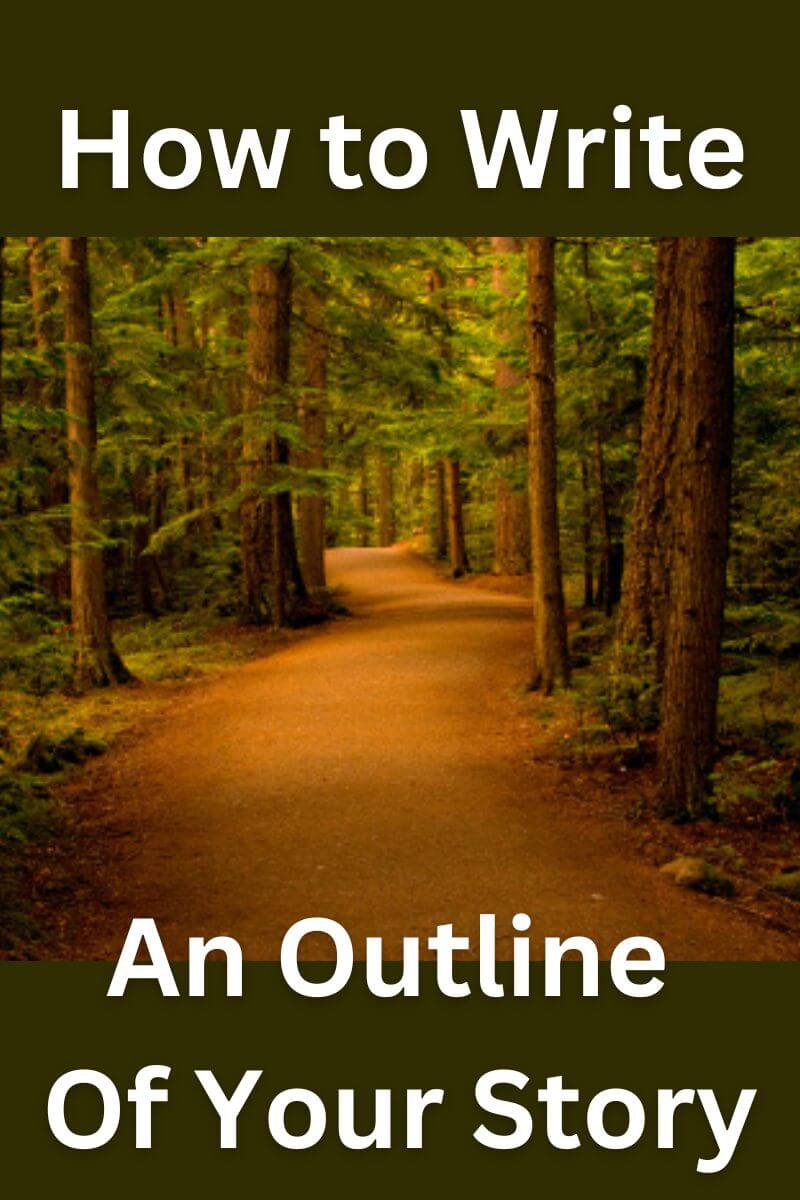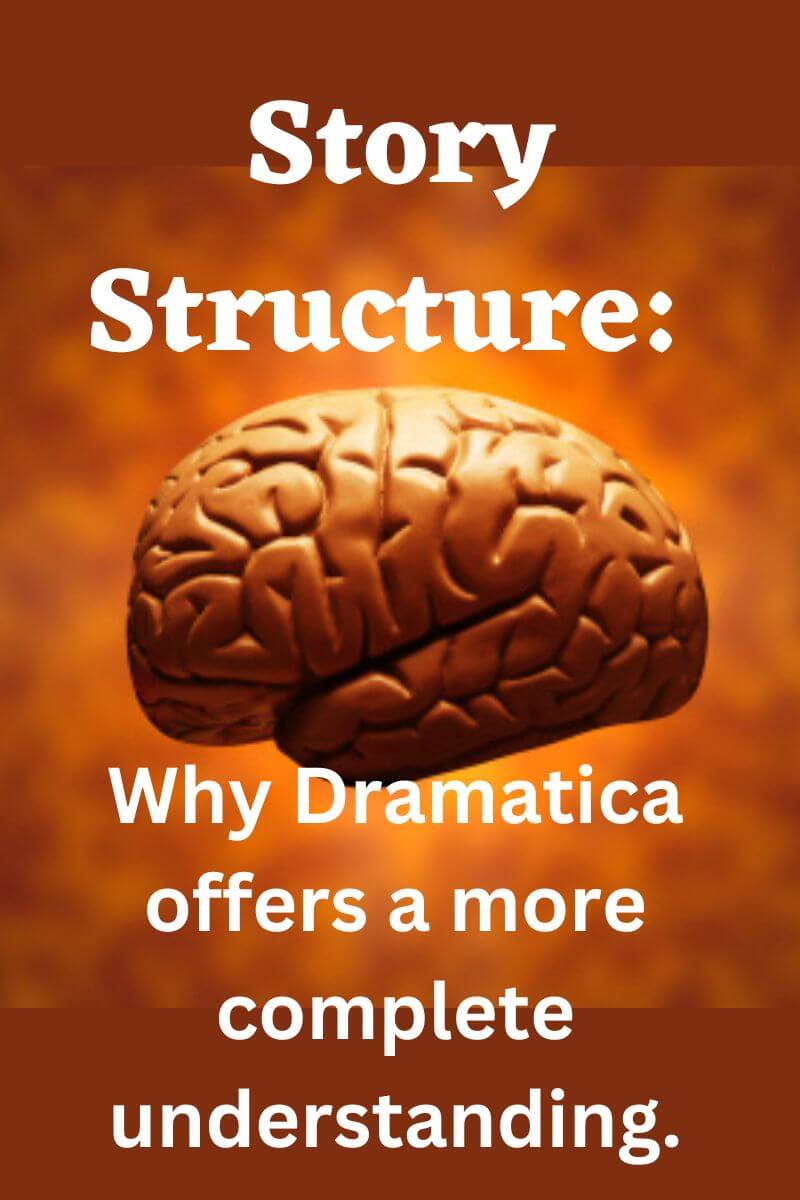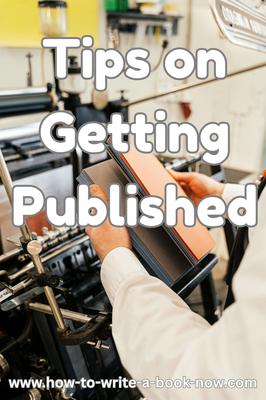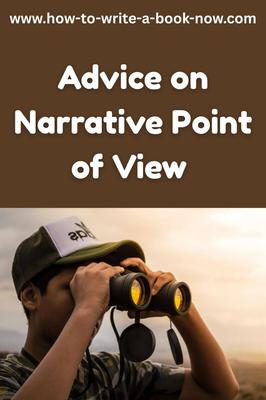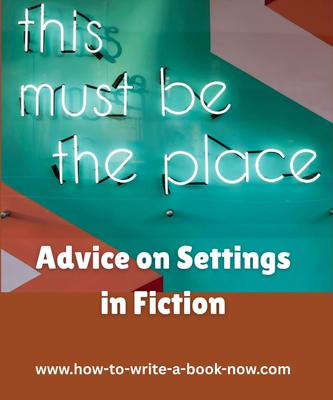If Your Novel is Too Short, Here are Some Steps You Can Take
By Glen C. Strathy
It's an aspiring writer's nightmare... the realization that your novel is too short.
You've told a great story. It's emotionally moving. Intellectually engaging, with great characters, a roller coaster plot, a main character any reader would love to read about, and a satisfying ending. There are no plot holes that need to be filled or loose ends left to tie up.
You type the words "The end" on the last page feeling good about what you've accomplished.
But moments later, when you check the word count on your manuscript, you discover it's under 40,000 words -- a length generally considered too short for an adult novel. Even if you published it as a standalone book, it would be so thin, and the title on the spine would be in such a small font, it would disappear on a bookstore or library shelf, making it harder to sell. Besides, you know that readers of your genre tend to buy longer books than you've got.
What do you do?
Well, there are ways to address this problem. But let's start with what you don't do...
Don't "Pad" a Novel Just to Make it Longer.
The worst thing you can probably do is start frantically adding scenes and subplots that aren't essential to the story in an effort to make the manuscript longer. Even worse would be to start adding wordiness -- finding ways to use more words than are necessary. Material that isn't essential to your story will slow the pace and make your novel less interesting. It will read as padding or filler. Besides, a good editor will see that it's unnecessary and want you to cut it anyway, which will put you back where you are now.
So what can you do?
Option #1: If your novel is too short, perhaps market it as a novella.
A novella is shorter than a novel, but longer than a short story. Generally, novellas are between 17,500 and 40,000 words. In many genres, there is a market for novellas. You might sell a novella to the editor of a literary magazine or an anthology, where it will be published alongside works by other writers. There are many such publications in various genres that accept novellas.
If your novel/novella has some interesting minor characters, you might choose to tell their stories in additional novellas. Eventually, you might assemble all your novellas into into a standalone book. For example, Stephen King's book, Different Seasons, and David Mitchell's book, The Cloud Atlas, consist of novellas that have been combined in a single book despite being only loosely connected with each other. (Of course, it might be more profitable to sell each novella first to magazines -- retaining all but first printing rights -- and then create an anthology, so you profit twice from each novella.)
You can also combine a novella with a collection of short stories to make an anthology. If all the short stories feature the same main character, or even they share one or two minor characters, that can help the book feel more novel-ish.
Also, a short novel might work as an ebook, where the size of the physical volume doesn't come into play.
But what if you really wanted your story to be a novel, to be published on its own, as a physical book you could show your friends? What if you feel that is really the format the story deserves?
Option #2: Don't "pad" a story. Develop it.

As I said above, you can't add material that is non-essential just because your novel is too short. But you can expand on the story in a way that all the new material is essential to the new version of the story. This type of lengthening isn't "padding" the story. It's "developing" the story. And there's a world of difference between the two.
Let's start with the premise that a story is fundamentally about an event -- a significant change in someone's life.
That event is composed of a series of smaller events that together form a dramatic arc, which generally falls into four parts...
setup --> complication --> crisis --> resolution
These four parts are typically thought of as four acts. (In a three-act structure, the middle two parts are combined, which is why the middle act is usually the longest.)
Each act will be about at least one event, and each of those events will typically have its own four-part structure, made up of a sequence of scenes. And each of those scenes will typically have a four-part structure.
In other words, this basic pattern repeats on all levels. Every event in a story can be shown as a single event, or you can develop it into an arc that is composed of smaller events.
For example,
Let's suppose you have an event in your novel where someone gets offered a new job. I'll call it "Bob Gets a Job."
You can tell this event in a single scene with a four-act structure:
- Setup: Bob is in an office, waiting for his interview. He's anxious because he really needs the work.
- Complication: The interviewer walks in and Bob discovers to his horror that the interviewer is his old enemy from high school.
- Crisis: Bob now has a dilemma. Does he really want to work for this person? And if he does, is there anything he can say that would actually persuade his old enemy to hire him? As the interview progresses, Bob resigns himself to the fact that he won't get hired.
- Resolution: But then... in a flash of inspiration, Bob comes up with the perfect thing to say to this person, and as a result Bob's old enemy says, "You can start on Monday."
Now, let's imagine that your novel is too short, so you are looking for ways to develop the story. You might take this scene and try to turn it into a sequence that unfolds over the course of a four-scene arc. The result might go like this...
- Setup: One morning, Bob has an argument with his wife. She's realized he's been spending hours each day playing video games rather than looking for work.
- Complication: Bob realizes he must take action, so he contacts a friend who tells him about a company that is hiring. The only problem is, the owner/operator of the company is Bob's old enemy from high school.
- Crisis: This is now the interview scene, where Bob has the flash of inspiration that convinces his old enemy to hire him.
- Resolution: At home that evening, Bob tells his wife about his new job, and she chews him out for accepting a job with that horrible guy they knew in high school.
As you can see, these four scenes do the same job as the original. They describe the change in Bob's life in which he gets a new job. They also add some details about Bob's relationship with his wife.
The important thing is that each of these new scenes is part of a dramatic arc. You couldn't cut any of these scenes from the sequence without creating a plot hole. Consequently, none of them feels like filler.
So, if your novel is too short, one remedy is to see if there are any events that are currently expressed as single scenes that you could develop into a sequence of scenes. The crucial point is that the new sequence must be engaging. It must describe an important change that will impact the story going forward in important ways. All the new scenes must be an important part of the sequence. They be an integral part of the story.
If you want to look at a good example of how this type of development works, compare the novel, Flowers for Algernon by Daniel Keyes with the short story by the same name. Keyes wrote the short story first and then later developed it into a novel that is satisfying without any of the added bits feeling like filler.
Option #3: Correcting "underwriting."
Okay, the above assumes that your novel is well-written, in a style that is neither too verbose nor too terse.
However, another reason your novel may be too short is that your style is too pared down. New writers sometimes have a tendency to "underwrite." That is, they may have a fully-formed story in their head, but fail to express it as fully as it needs to be expressed on the page. They may understand why their characters do certain things and how the action unfolds, but fail to give readers all the information they need to see and understand the story in their imagination. The writer may have a clear picture of the setting, but not give the readers enough detail to picture it themselves. Sometimes a writer will be in a rush to get their ideas onto the page and not take the time needed to build the story properly.
This may not be your problem. Or it might. It's hard to look at your own work objectively to see this type of problem.
You might want to show your novel to some people whose opinions you trust and see what they think. You might also compare your novel to others in the same genre, to see how much detail their authors include. Notice how other writers build the tension toward the crisis of each event. The goal is to tell your story as fully and effectively as you need to, so that the reader finds it engaging, but not so much that the story drags.
Option #4: Sometimes, subplots and throughlines can be better developed.
As I said in the beginning, just because your novel is too short, that's no excuse to start adding extraneous scenes or subplots. You don't want to make your novel worse by filling it with unnecessary material. However, there are situations where you can improve a novel by developing a relationship. Sometimes a backstory can add emotional depth to the main plot. And sometimes you can develop a theme by introducing a subplot that explores it from a different perspective.
The basic rules are...
Longer is good if it makes the story more engaging and meaningful.
Longer is bad when it makes the story boring.
And the basic way to make a scene engaging is to make sure an important change happens in it. Make sure it is part of a dramatic arc that affects what happens going forward.
So, if you are going to develop a relationship, make sure that relationship has an arc that unfolds over three or four scenes. Show that it begins somewhere, develops, reaches a turning point, and ends up in a different place.
If you are going to add a subplot, make sure it follows the same pattern:
setup --> complication --> crisis --> resolution
And make sure the subplot has some important bearing on the main plot or the thematic message.
If you can learn to develop your story well, rather than discover your novel is too short, you may more likely find it is too long. But that is a better problem to have, because it's always easier to tighten than to lengthen a manuscript.
Further Discussion of This Topic...
Should You Write Filler Chapters?
Q&A on the topic of "filler chapters." What are filler chapters and should you write them into your novel?
Q&A: Problems with Word Count
Q&A on the solving problems related to word count.
- Home
- Write a Novel
- Novel Too Short?
